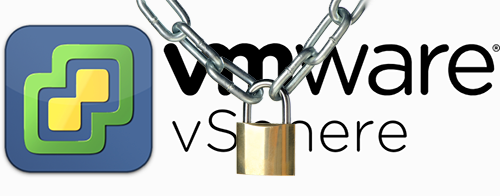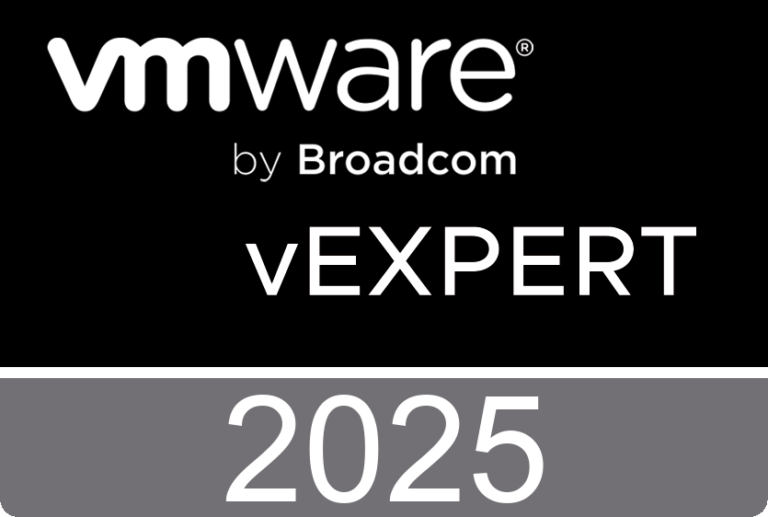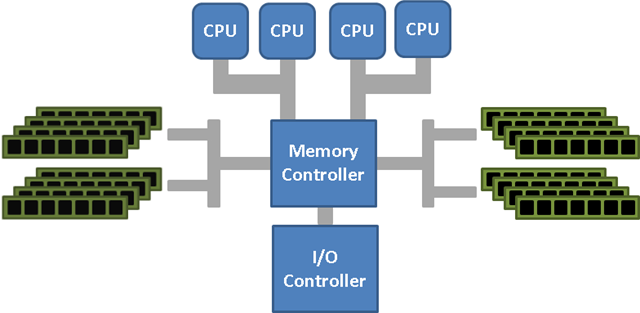Enable vSphere Native Key Provider

To enable the vSphere Native Key Provider on vSphere 8, you can follow these steps. The vSphere Native Key Provider allows encryption-related functionality without needing an external Key Management Server (KMS). The Key provider service is easy to set up…







